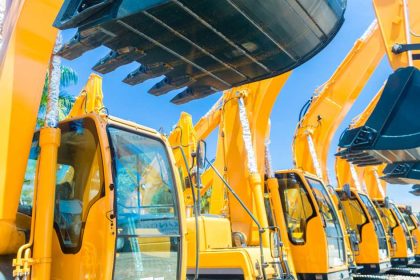Take a drive along any Aussie housing estate, and you’ll see home after home laden with the latest and greatest rooftop solar panelling.
With more than one in three Aussie homes featuring rooftop solar already, it’s safe to say Australia is leading the way in utilising renewable energy sources.
And despite being just months into 2024, rooftop solar is on track for another near-record annual installation tally as households seek to beat rising power prices with new or bigger photovoltaic (PV) systems.
Currently, Australia has more than 3.69 million PV installations nationwide, with Aussies producing more solar energy per capita (1kw) than any other nation on Earth.
But despite these world-leading numbers, plenty of uncaptured solar energy is being left on the table – or rooftops – of our homes, leading everyday Aussies to miss out on the potential energy savings.
While many homes are already equipped with renewable technology, most are owner-occupier premises, meaning rentals, apartments, and social housing are missing out.
A recent study conducted by photovoltaic and renewable energy research engineers from the University of New South Wales discovered that the uncaptured potential equates to a shocking $9.3 billion in uncaptured savings yearly.
Overlooked benefits
Cheaper power bills aren’t the only thing Aussies are missing out on, with rooftop solar currently reaching less than a quarter of its unrealised energy production capacity, leading to more carbon emissions.
It would also create 240,000 additional job-years of employment in the solar industry – the equivalent of employing 48,000 people for five years.
Experts estimate that boosting the nation’s rooftop solar from its current 15.1 gigawatts (GW) to its potential 61 GW would reduce greenhouse gas emissions by up to 785 tonnes over the next two decades.
To reach those figures, Australia must more than triple its current rooftop solar panel numbers. However, UNSW Senior Research Fellow Dr Mike Roberts says the savings would be worth it for most households.
“Our analysis found the power of solar can deliver average annual household bill savings of $1300 each year,” he said.
Dr Roberts says most of the unrealised potential was from apartments, rentals, and social housing that needed to be equipped with solar panelling, with New South Wales, Victoria, and Queensland missing out on the highest proportion of this potential across the country.
“Apartment buildings are missing out on three gigawatts of solar power, more than two gigawatts on social housing and a massive 12 GW in the rental sector, including both houses and apartments,” he said.
“Apartment residents could save an average of $500 to $700 a year on their energy bills and could be paying off the system in five years or less.”
A help to low income families
Increasing the nation’s rooftop solar capacity would help more than just the environment, with those added savings potentially helping Aussies doing it tough to battle the cost of living crisis.
Perhaps none more so than those low-income families living in social housing, with potential solar buybacks helping them reduce the financial burden of higher energy bills.
Dr Roberts says social housing and rental properties need targeted incentives to encourage more landlords to adopt rooftop solar.
“While we have seen recent action on solar for social housing through collaboration between several State and Federal governments, this approach should be fast-tracked to a greater number of social homes, given the outstanding cost savings on bills and other benefits delivered.”
“For rental properties, a big part of the problem is because landlords absorb the cost of installing solar, but the benefits go to the tenants,” he says.
“To address this, this report recommends giving tenants increased visibility of the financial benefits of solar energy, which could be reflected in their rental rates, allowing landlords to recoup their investment costs.
Joel Pringle, National Campaigns Director at Solar Citizens, who helped commission the findings, says that strategy would allow most landlords to recoup their solar investment within half a decade.
“Unlocking this solar potential can return money to people’s pockets, deliver 785 megatonnes in avoided carbon emissions over 20 years, and the up-front investment is repaid in bill savings for households within about five years,” he explained.
“Cleaner, cheaper rooftop solar energy is a win for energy bill relief and reducing climate pollution. One in three Australian homes has now gone solar; we need greater government support to ensure the financial and health benefits are extended to all Australian households.”







